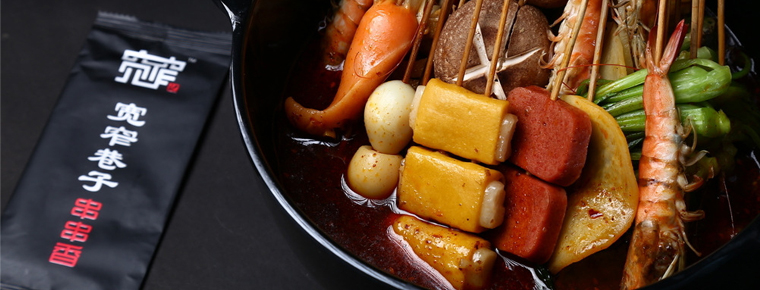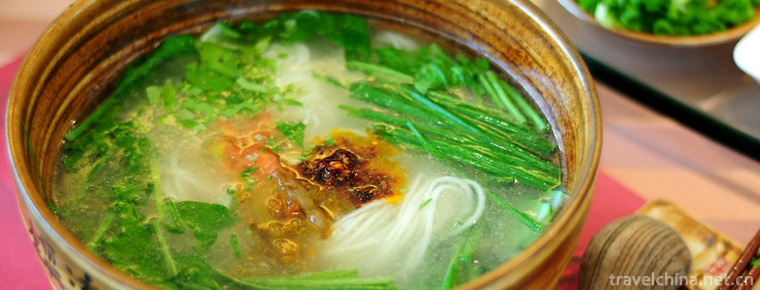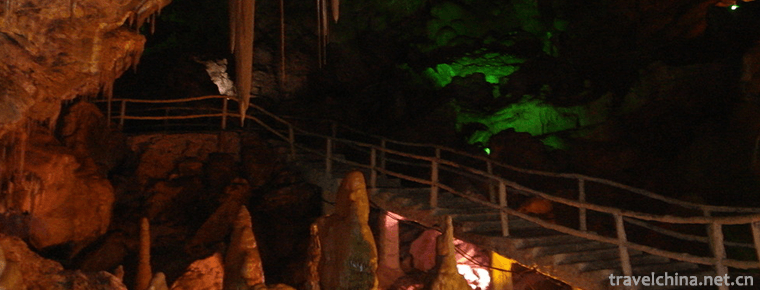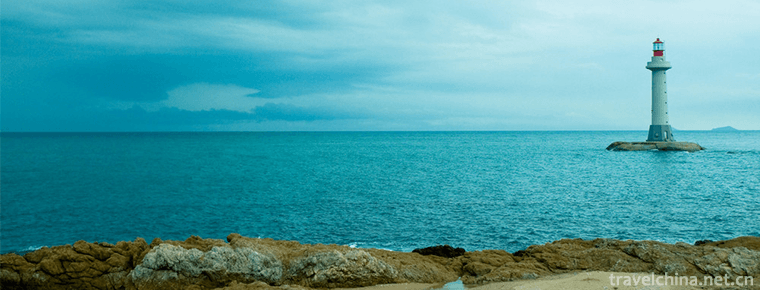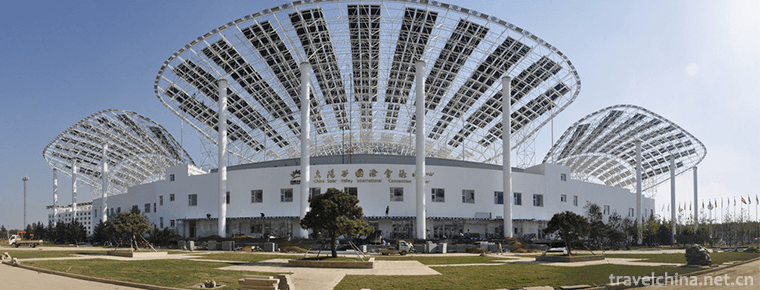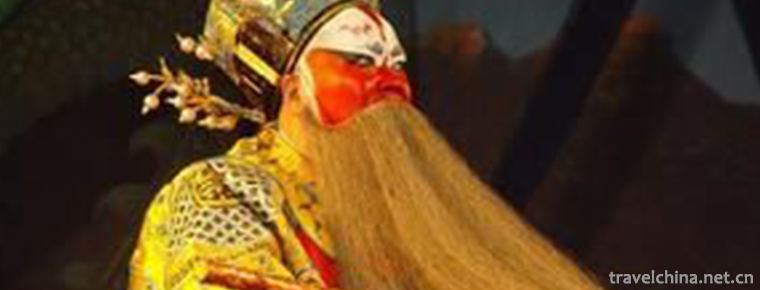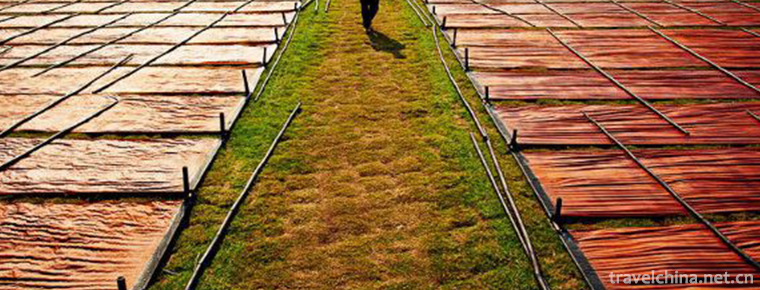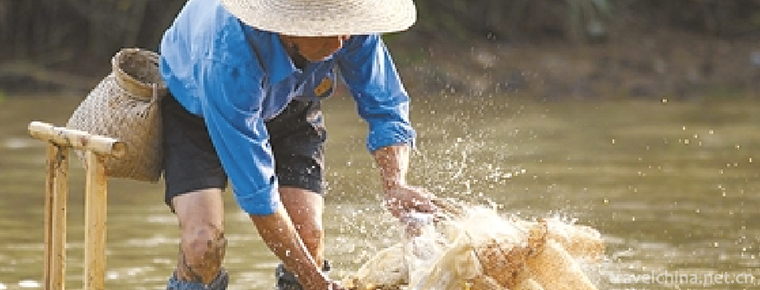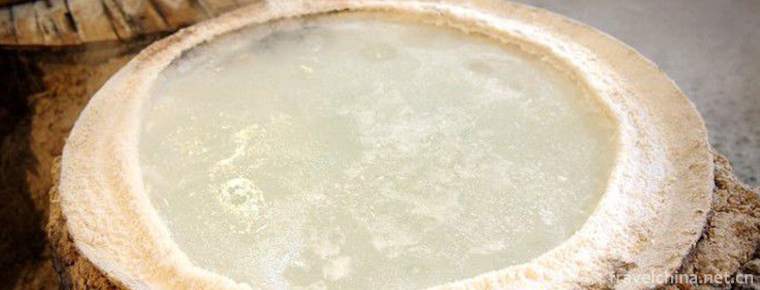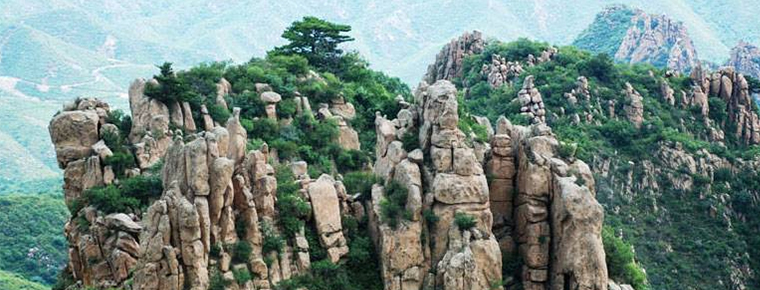Plant resources in Neijiang
Plant resources in Neijiang
Neijiang City is a subtropical evergreen broad-leaved forest belt with mild climate and abundant rainfall, which is suitable for the growth of a variety of trees. There are more than 60 subjects, 110 genera and 190 species. Neijiang is mainly composed of timber forest, with the largest area in Weiyuan County and the smallest in Shizhong District. There are abundant economic forest species, mainly including tung oil forest, Camellia oleifera forest and citrus forest, as well as deciduous fruit forest, such as pear, apple, peach, plum, apricot, cherry and grape The main tree species include Alnus cremastogyne, Amorpha pseudoacacia, Coriaria sinica, Vitex negundo, etc.; the fuel forest is an important fuel for rural life in Neijiang City, with wide distribution, high yield and most renewable regeneration. The main tree species include alder, purple locust, Coriaria, Vitex negundo, etc.; there are also environmental protection forest, experimental forest, seed forest, scenic forest, historic sites and revolutionary holy land forest The dominant tree species are Pinus massoniana, Cinnamomum camphora, nanmu, huanglianmu, cypress, etc.
The climate and soil conditions of Neijiang City are suitable for a variety of crops. The planting industry is mainly composed of grain, oil, sugarcane, hemp, silk, tea, fruit and vegetable, and some medicinal materials and cotton are also planted. It is the concentrated production area of grain and economic crops in Sichuan Province. Grain crops include rice, most of which are medium season rice, with a planting area of more than 1.43 million mu, followed by corn, sweet potato and wheat; economic crops mainly include rape, peanut, jute, sugarcane, etc.; there are various horticultural crops, especially citrus and other resources with high yield.

-
waterless rice noodle
Bait silk is one of the special snacks in Yunnan. It is mainly made from rice.
Views: 132 Time 2018-10-17 -
Tiantangzhai Tourist Scenic Area
Tiantangzhai (National AAAAA Tourist Scenic Spot, National Nature Reserve, National Forest Park and National Geological Park) is the second peak of the Dabie Mountains.
Views: 184 Time 2018-12-08 -
Wanxiang Karst Cave
Vientiane Cave, the national AAAA-level tourist attractions, provincial geological parks, provincial scenic spots and provincial cultural relics protection units.
Views: 125 Time 2018-12-17 -
Size Dongtian Scenic Spot
The Size Dongtian Scenic Area (formerly known as the Haishan Scenic Spot and Aoshan Scenic Spot) is located in the southern corner of Hainan Province, 40 kilometers west of Sanya City.
Views: 388 Time 2019-01-07 -
Chinese Sun Valley
Located in the development zone of Dezhou, Sun Valley of China is the largest base of research, development, testing, production, education and tourism of renewable energy in the world..
Views: 124 Time 2019-01-18 -
Shaoxing opera
Shao Opera, a traditional Chinese opera. Originally known as "Shaoxing Chaotian Bomb", commonly known as "Shaoxing Daban", it originated from Qin Opera and was named Shaoxing Opera.
Views: 183 Time 2019-06-14 -
Dyeing and Finishing Techniques of Xiangyun Yarn
Xiangyun yarn dyeing and finishing technology, the traditional handicraft of Shunde District, Foshan City, Guangdong Province, is one of the national intangible cultural heritage..
Views: 99 Time 2019-07-03 -
Custom of mud fish
The custom of filling mud fish is a local traditional handicraft with a long history in Guangdong Province. It combines traditional handicraft weaving and fishing skills. However, even in Doumen, the .
Views: 125 Time 2019-08-10 -
Deep Drilling and Drawing Techniques of Salt in Zigong Well
Zigong well salt deep drilling technology, the local traditional technology of Zigong City, Daying County, Sichuan Province, one of the national intangible cultural heritage..
Views: 227 Time 2019-08-16 -
Daheishan Forest Park
Daheishan Forest Park is located in Wuben Township, Renhe District, Panzhihua City, Sichuan Province. From the center of Panzhihua bingcaogang River Panshan 58 kilometers, through Guaziping, Lanjian mine and Wuben township..
Views: 73 Time 2020-10-15 -
Administrative division of Yibin
Yibin City has 10 county-level administrative divisions (Municipal District 3, county 7), 136 township level administrative divisions (street 14, town 105, township 17). It covers an area of 13271 square kilometers and has a population of 5.52 million. Yibin Municipal.
Views: 319 Time 2020-12-18
